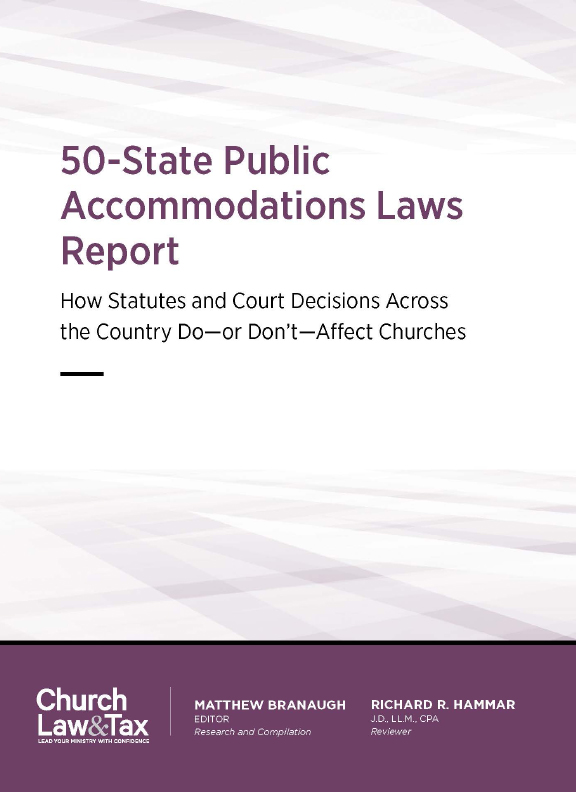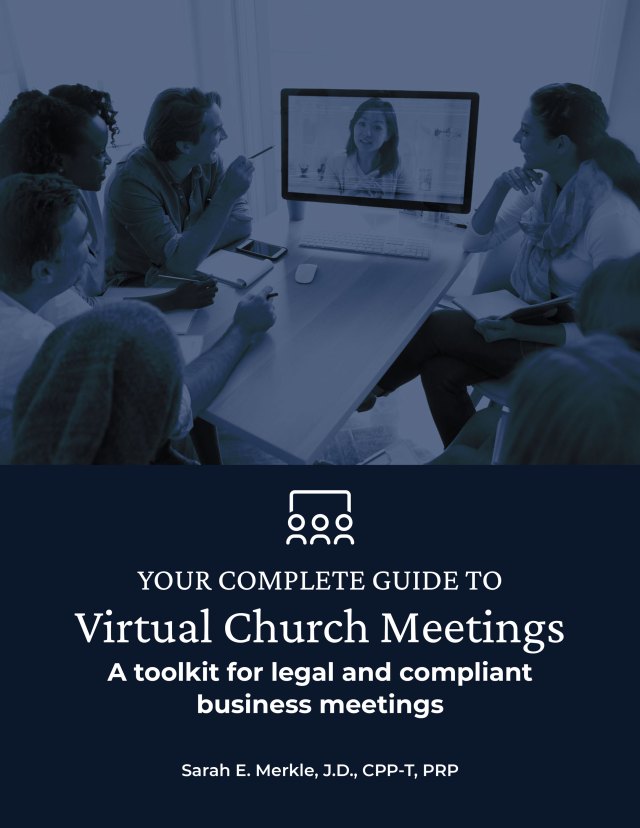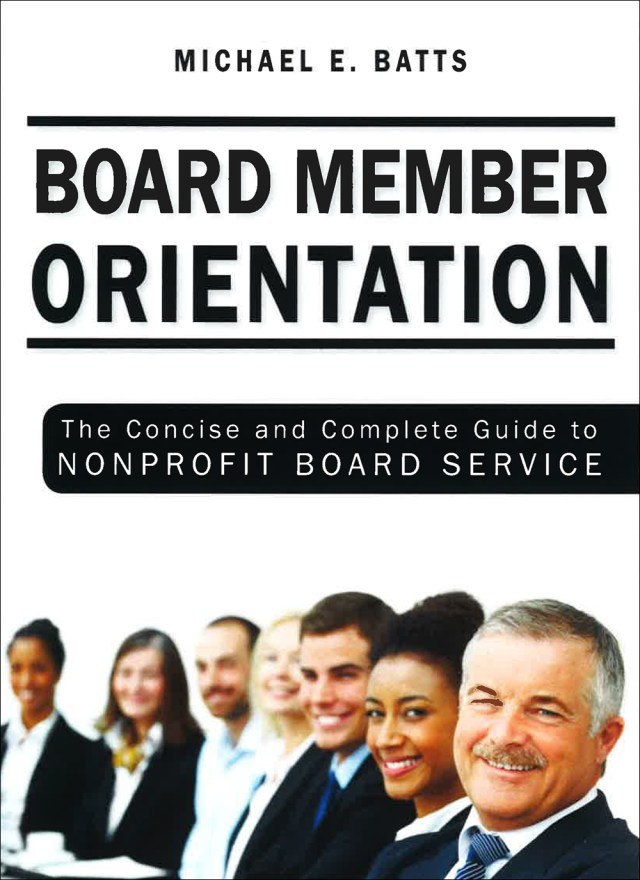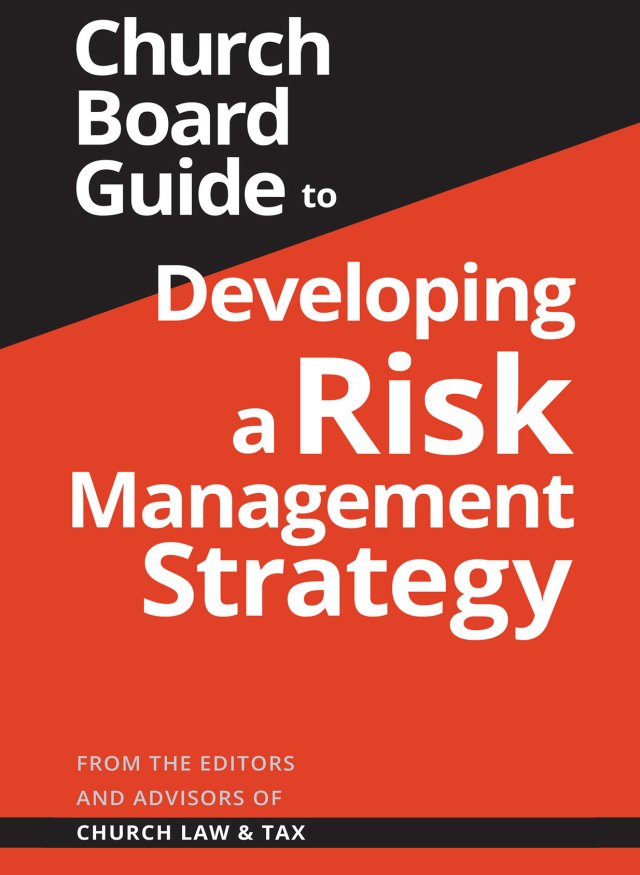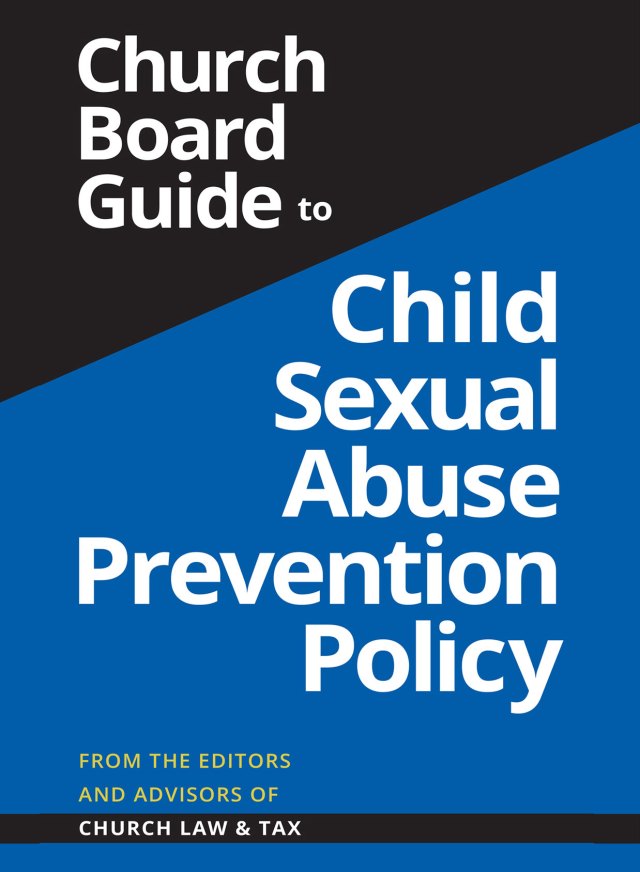When Conflict Arises
One of the toughest challenges a church board may face is removing one of its own members—especially when the pastor, congregation, or other board members initiate the process. Unfortunately, many churches lack clear procedures, and that can lead to costly legal battles.
Real-World Example
In one case, several church members accused two board members of moral failings and demanded their removal. The board expected a quick resolution. Instead:
- The church’s bylaws were unclear.
- The accused members saw the move as personal and refused to step down.
- Tensions escalated into a lawsuit.
After two years in court, the church was left deeply in debt and barely survived. The primary cause? An inadequate removal process in the bylaws.
Preventing Litigation and Disruption
To avoid this kind of turmoil, churches should:
- Review their state laws, articles of incorporation, and bylaws related to board member removal.
- Add a clearly written provision to the bylaws if one doesn’t exist.
- Address this issue while the board is stable—not during a crisis.
Why Remove a Board Member?
Reasons for removal can include:
- Health or job issues affecting a member’s ability to serve
- Departures from church doctrine or lifestyle standards
- Personality conflicts that disrupt board function
Most churches rarely face this issue. Often, members serve short terms (1–3 years), or willingly resign when asked. But when they don’t, problems can escalate quickly.
What State Law Says
When bylaws are silent, state nonprofit laws apply. These laws vary by state and fall into three categories:
1. Removal for Any Reason
Some states allow:
- The group that elected a board member (either the board or the congregation) to also remove them, for any reason.
- A simple vote—no cause required.
This is the simplest approach and minimizes legal risk. It aligns with the Model Nonprofit Corporation Act, followed by many states.
2. Removal for Cause Only
Other states allow removal only for specific, serious reasons, such as:
- Mental incompetence (as declared by a court)
- Felony conviction
- Chronic absence from meetings
- Failure to meet membership standards
But what qualifies as “cause” under these laws may not include doctrinal or lifestyle concerns—issues that are often critical for churches.
3. No Guidance at All
Some states offer no rules at all. In those cases, churches face legal uncertainty unless their bylaws clearly address removal procedures.
Why Bylaws Matter
State laws typically act as default rules. Churches can override them by writing their own standards into their bylaws or articles of incorporation.
A well-crafted bylaw provision:
- Provides clarity for both the church and the courts
- Helps prevent drawn-out conflicts
- Aligns with the church’s governance needs
Drafting Bylaws for Two Audiences
Church bylaws must speak to:
- Church leaders, who will apply them
- Courts, who may need to interpret them
Vague spiritual language—like removing a member for “ungodly behavior”—can be difficult for courts to enforce.
Instead, bylaws should:
- Specify who makes the decision (e.g., the pastor, after counseling)
- Describe the process clearly
- Avoid requiring courts to define religious standards
This approach allows courts to defer to church leadership without violating First Amendment protections.
Three Approaches to Board Member Removal
Churches typically use one of three approaches in their bylaws:
1. Removal by the Membership
This is most common when members elect the board.
Pros:
- Aligns with congregational polity
- Reflects the authority of the church body
Challenges:
- Members may lack access to sensitive information
- Difficult to make factual determinations in disputes
- Annual meetings may delay action
Best Practices:
- Allow removal for any reason, not just “cause”
- Include provisions for special meetings with adequate notice
- Avoid requiring the congregation to determine whether standards were violated
Model Language:
“The membership of the church may remove, with or without cause, one or more board members at a meeting of the church membership.”
Or:
“The membership of the church may remove one or more board members at a meeting of the membership for the following reasons: [list cause].”
Notice Requirements:
- Notice must be provided at least two weeks in advance.
- Include the date, time, location, and purpose of the meeting.
- Clearly name the board member(s) whose removal will be considered.
Avoid ambiguous terms like “posted notice.” Use precise language (e.g., “publication in the church newsletter”).
Member Rights:
- State whether the board member may attend and speak before the vote.
- This adds fairness and transparency—even if tensions are high.
2. Removal by the Board
This is common in churches without a membership model. The board is “self-perpetuating” and governs itself.
Pros:
- Efficient decision-making
- Board members are often well-informed and meet frequently
Risks:
- Can be politicized in divided boards
Safeguards:
- Add removal standards, such as:
- Excessive missed meetings
- Doctrinal or lifestyle conflicts
- Criminal conduct
- Disruptive behavior
Optional Strategy:
- Use shorter board terms (e.g., one year) to reduce the need for mid-term removals.
3. Removal by a Designator
Though less common, this approach can be useful.
A designator could be:
- A denominational leader
- A nominating committee
- A specific individual or group
Advantages:
- Brings outside expertise and objectivity
- Can focus on spiritual concerns, not politics
- Reduces conflict of interest
Cautions:
- Avoid giving too much power to one person
- Use a group to ensure accountability
Final Thoughts: Prepare Before Problems Arise
Disputes over board member removal can be painful and divisive. Often, the issue is resolved when a board member steps down voluntarily. But that’s not always the case.
Every church should:
- Develop a clear bylaw provision for removal
- Ensure the provision aligns with state law and church polity
- Review and update governing documents before conflict arises
Doing so protects the church, its mission, and its people from unnecessary risk and damage.
We’ve used a combination of AI and human review to make this content easier to read and understand.

